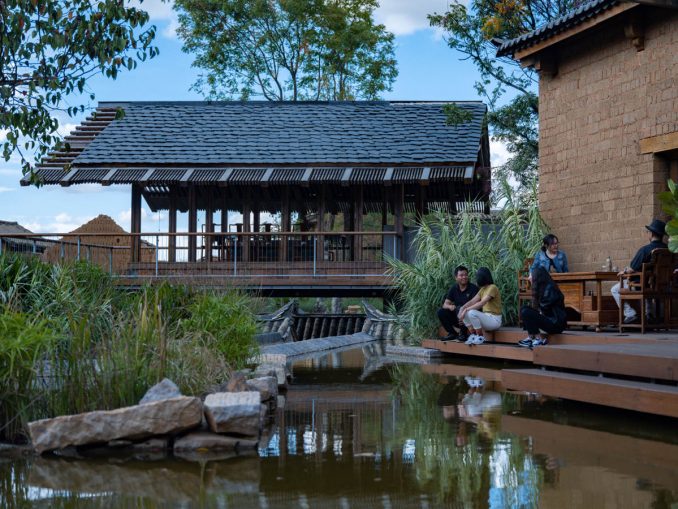
Wulong Village in Chenggong District of Kunming City, Yunnan Province, is a renovation project for the purpose of historical protection and cultural inheritance. The original site of the project is a small fishing village with a history of more than 600 years. Through planning, renewal, and functional replacement, it has become a model for inheriting the traditional Kunming culture in the area. The project highlights three characteristics.
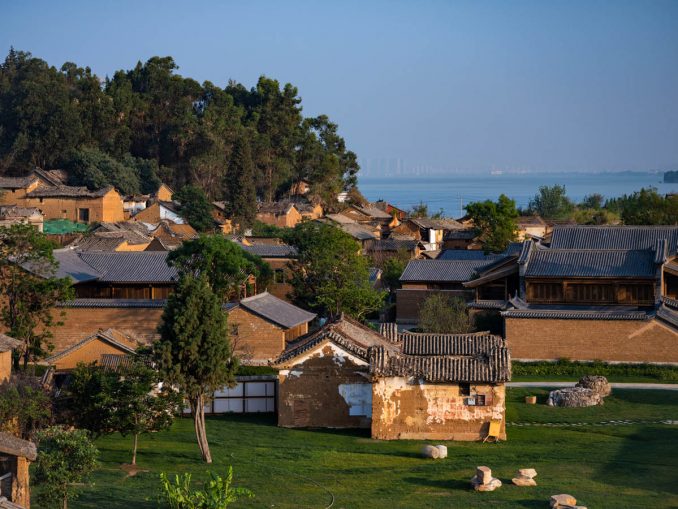
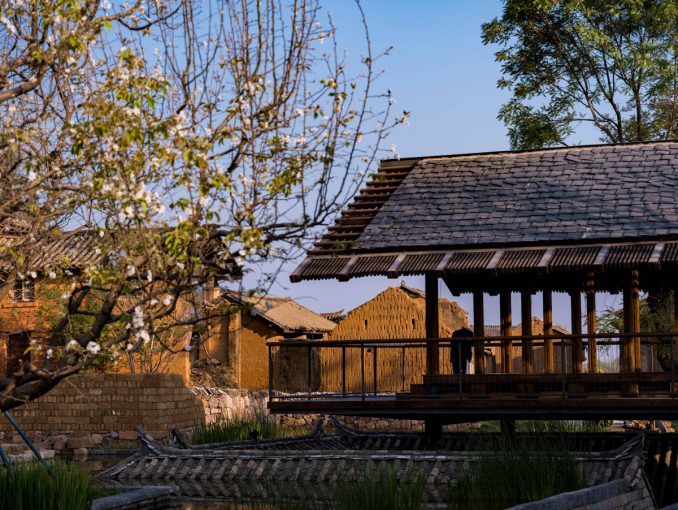
First, Landscape architects collaborate with architects, planners, interior designers, structural engineers, and even local craftsmen to realize the public ambitions of the village. Second, the transformation fully respects history and culture. By retaining the original architectural relics and humanistic feelings, it is fully integrated with contemporary life functions. Furth more, designers emphasize the communication between the ancient and the modern, including the visual connection between old and new buildings, the communication between ancient villages and the modern city. The juxtaposition of the old and the new proves both harmonious and comparative, depicting a pastoral ancient village scene in the modern city, which has high aesthetic value.
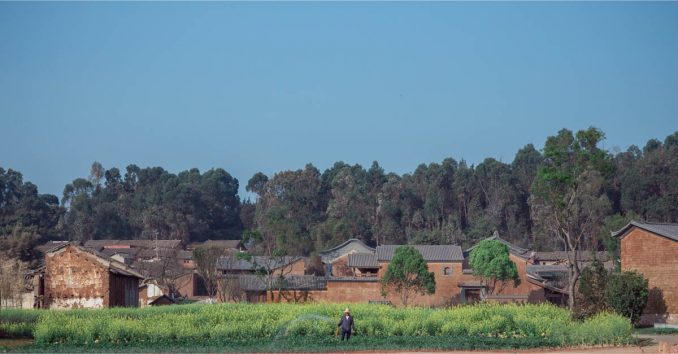
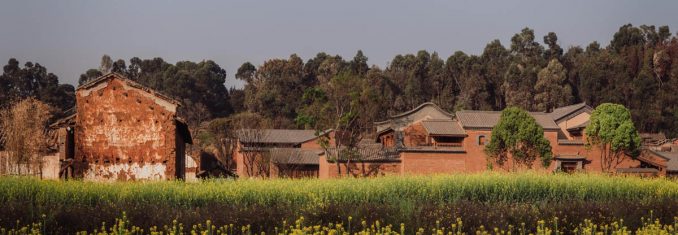
The reappearance of historical and cultural scenes is the inheritance of traditional forms and the repair of architectural styles, while the reconstruction of the ancient village is to rebuild new life in the village.
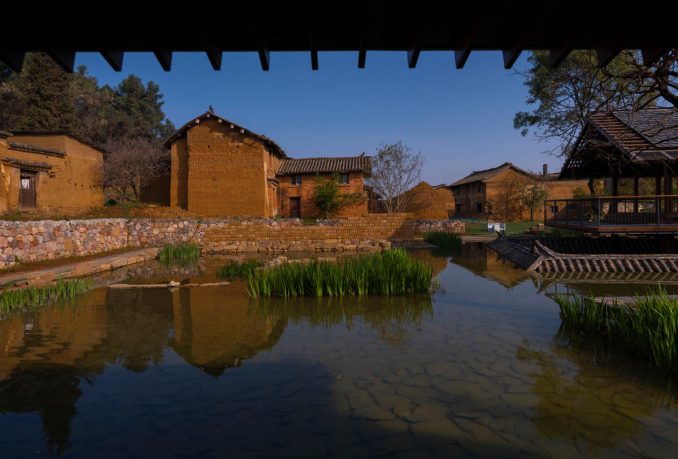
Construction focused on materials, framework, and art. The design is mainly based on old materials and production methods, and modern designs are partially used. To show respect of the existing historical textures, the team develops methods for the protection of adobe walls and the technology to produce adobe bricks, which lay the foundation for the coordination of the overall style of the ancient village. The reuse of old objects and local materials has left imprints marking the colorful life of the village in the past.

After the renovation, Wulong Village is characterized by the juxtaposition of old and new. In every corner of the village, we can see the new and old scenes add radiance to each other. The designer applies three design techniques to emphasize the dialogue between the new and old: strengthen the structure of the preserved heritage buildings, build new scene space for the reconstructed parts with the ancient methods, and show the core of traditional buildings for the new buildings with new materials. New parts are “grown” from the original village itself. They emerge from nature at the same time blending into the nature. The new regression is not a simple repetition of the past, but an iteration of past knowledge and experience.
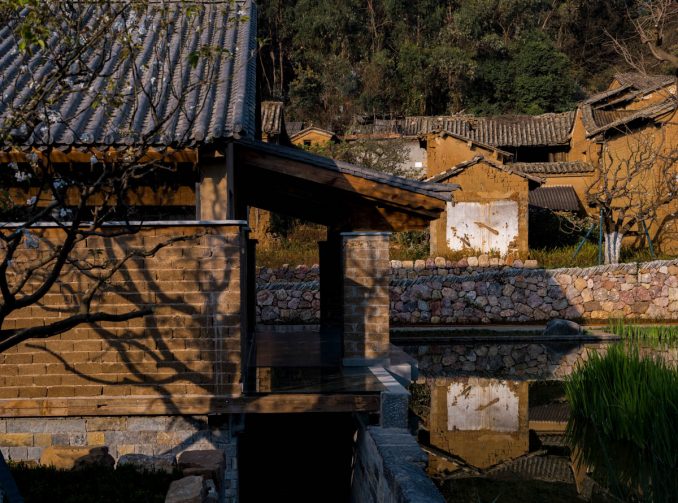

Based on historical and cultural protection, natural resource protection and the functional needs of contemporary life, the design creates a leisure, natural and interactive pastoral community, so that new villagers living in this community can communicate and interact and experience new life of the village.
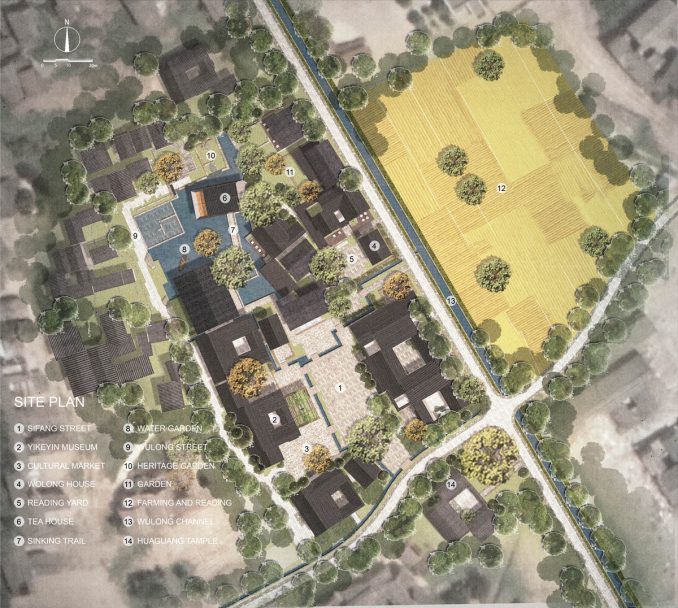
Wulong Ancient Fishing Village | Kunming, Yunnan, China | SHUISHI
Landscape Architect: SHUISHI
Client: Kunming Hua Qiao Cheng Beautiful Village Development Co., Ltd.
Image credits: SHUISHI
Photographers: Wang Zhihang, Wang Xiu
